Introduction
Poultry Transport Crates are specialized containers designed for the safe, efficient, and humane transportation of live birds, including chickens, ducks, turkeys, and quails. These crates are widely used in commercial poultry farms, hatcheries, and processing plants to ensure the birds reach their destination with minimal stress and injury.
Manufactured from high-quality, durable plastic or lightweight materials, poultry transport crates are ventilated, stackable, and easy to clean. They are designed to meet international standards for animal welfare, transport safety, and biosecurity.
With the poultry industry growing globally, transport crates play a vital role in logistics, allowing farms and hatcheries to efficiently move birds to markets, processing facilities, or other farms. By combining durability, convenience, and biosecurity features, these crates help poultry businesses optimize operations while protecting the welfare of birds.
Key SEO keywords: Poultry Transport Crates, Chicken Transport Crates, Stackable Poultry Crates, Live Bird Transport Equipment.
Technical Parameters
Material | High-density polyethylene (HDPE), polypropylene (PP), or reinforced plastic |
Crate Size | Small (6–10 birds), Medium (12–20 birds), Large (20–40 birds) |
Weight | 2–6 kg depending on size and material |
Dimensions | Typical: 60 × 40 × 30 cm (customizable) |
Ventilation | Multiple ventilation holes on all sides for airflow |
Stackable | Yes, designed to save space during storage and transport |
Load Capacity | 10–40 birds per crate depending on type |
Durability | Resistant to impact, corrosion, and weather conditions |
Cleaning | Easy to wash and disinfect, suitable for repeated use |
Optional Features | Foldable crates, reinforced handles, biosecure lids |
Features
Poultry transport crates offer several features that make them essential in modern poultry logistics:
Ventilation Design: Crates are designed with numerous perforations to allow optimal airflow, reducing heat stress and ensuring birds remain comfortable during transport.
Durable Construction: Made from heavy-duty, impact-resistant plastic to withstand rough handling and long-distance transport.
Stackability: Crates can be securely stacked, maximizing storage and reducing transport space.
Easy Handling: Ergonomic handles allow safe lifting and carrying by workers.
Hygienic Design: Smooth surfaces and drainage holes make cleaning and disinfection quick and effective.
Lightweight: Lightweight construction reduces labor strain and fuel consumption during transportation.
Biosecurity Compliance: Designed to minimize disease spread, supporting modern poultry farm biosecurity standards.
SEO-focused keywords: Poultry Crate Features, Chicken Transport Crate Benefits, Live Bird Crate Ventilation.
Advantages
Using poultry transport crates provides significant advantages for both birds and businesses:
Animal Welfare: Proper ventilation and ergonomic design minimize stress, injuries, and mortality during transport.
Efficient Transportation: Stackable design allows maximum utilization of truck space, reducing transportation costs.
Durable and Long-Lasting: High-quality materials ensure repeated use without damage.
Easy Maintenance: Hygienic surfaces and drainage features facilitate cleaning and reduce disease risk.
Versatile Applications: Suitable for various birds including chickens, ducks, quails, and turkeys.
Compliance with Regulations: Meets local and international transport and animal welfare regulations.
Cost-Effective: Durable and reusable, lowering long-term packaging costs compared to disposable solutions.
SEO-focused keywords: Poultry Transport Crates Advantages, Chicken Crate Benefits, Stackable Bird Crates.
Application Scenarios
Poultry transport crates are highly versatile and widely used in various scenarios:
Commercial Poultry Farms: Transporting live birds to processing plants or other farms safely and efficiently.
Hatcheries: Moving day-old chicks to distributors or farms while ensuring high survival rates.
Poultry Markets: Supplying live birds to retailers or customers with minimal stress.
Research Facilities: Transporting birds safely for veterinary research or breeding programs.
Export & Import Operations: Facilitating international shipping of live poultry with regulatory compliance.
Emergency Relocation: Moving birds during disease outbreaks, natural disasters, or farm relocations.
SEO-focused keywords: Poultry Crate Applications, Chicken Transport Crates for Farms, Live Bird Crate Uses.
Usage Instructions
To maximize efficiency, safety, and bird welfare, follow these steps:
Preparation:
Loading Birds:
Gently place birds in the crate, ensuring they have enough space to stand comfortably.
Avoid overcrowding to reduce stress and injuries.
Transport:
Unloading:
Maintenance & Cleaning:
Wash crates with water and disinfectants after each use.
Inspect for cracks or damage before reuse.
Store crates in a dry, shaded area to prolong lifespan.
SEO-focused keywords: How to Use Poultry Crates, Chicken Transport Crates Instructions, Live Bird Crate Operation Guide.
Frequently Asked Questions (FAQ)
Q1: What types of birds can be transported in these crates?
A1: Poultry transport crates are suitable for chickens, ducks, turkeys, quails, and other small to medium-sized birds.
Q2: How many birds can a single crate hold?
A2: It depends on crate size: small crates (6–10 birds), medium crates (12–20 birds), large crates (20–40 birds).
Q3: Are the crates stackable?
A3: Yes, they are designed to be safely stacked to maximize storage and transportation efficiency.
Q4: What material are the crates made from?
A4: Crates are made from durable, impact-resistant plastic such as HDPE or polypropylene, ensuring long-term use.
Q5: How do I clean and disinfect the crates?
A5: Use water and a disinfectant solution. Smooth surfaces and drainage holes make cleaning efficient.
Q6: Are these crates compliant with animal welfare standards?
A6: Yes, ventilation, space, and design meet international guidelines for humane bird transport.
Q7: Can crates be used for day-old chicks?
A7: Yes, specially designed crates with proper ventilation are suitable for transporting chicks safely.
Q8: Can these crates be used for international transport?
A8: Yes, crates are designed to meet biosecurity and transport regulations for global shipping.
SEO-focused keywords: Poultry Transport Crate FAQ, Chicken Crate Questions, Live Bird Transport Crates Guide.
Conclusion
Poultry Transport Crates are an essential investment for modern poultry farms, hatcheries, and logistics providers. They ensure the safe, efficient, and humane transport of live birds, protect animal welfare, and improve operational efficiency. With high-quality materials, stackable designs, and easy maintenance, these crates are durable, cost-effective, and environmentally friendly.
By integrating poultry transport crates into your operations, businesses can minimize bird mortality, reduce labor costs, comply with regulatory standards, and maintain the quality of birds during transit.
Company Profile
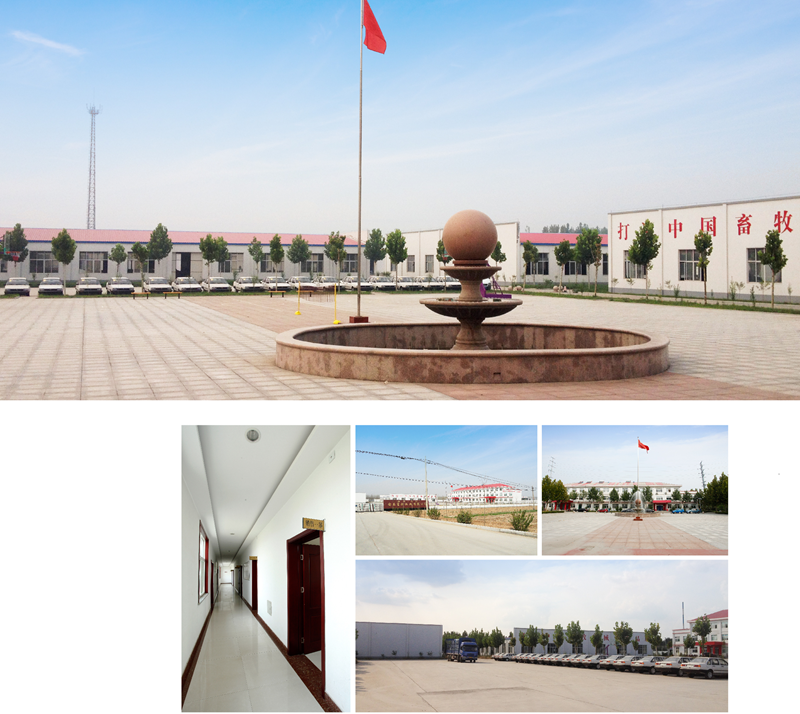
Shandong Huimin Qinle Livestock Machinery Co., Ltd. (formerly Shandong Huimin Qinle Livestock Machinery Factory) is a professional poultry equipment manufacturer with over 20 years of experience. We offer a comprehensive service package, from design (land and chicken coops), production (equipment and prefabricated steel coops), installation, commissioning, customer training, and after-sales service.
Located in Huimin County, Binzhou City, Shandong Province, China, the company has extensive experience in mechanical processing and manufacturing, as well as livestock machinery production and operation. With fixed assets of RMB 15 million, the company employs 160 people, including 30 R&D staff, and occupies a 40,000-square-meter factory. Equipped with over 110 pieces of advanced precision production equipment, including CNC machining centers and laser cutting machines, the company boasts a production capacity of RMB 50 million.
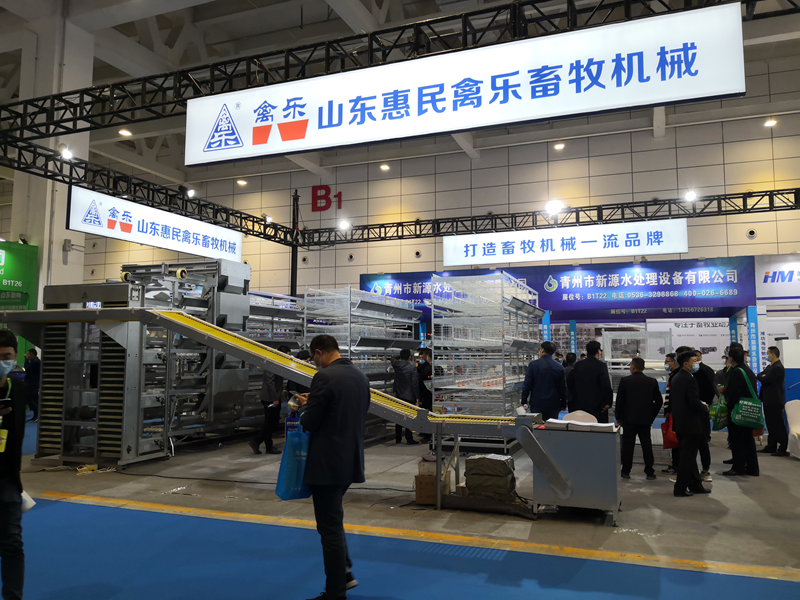


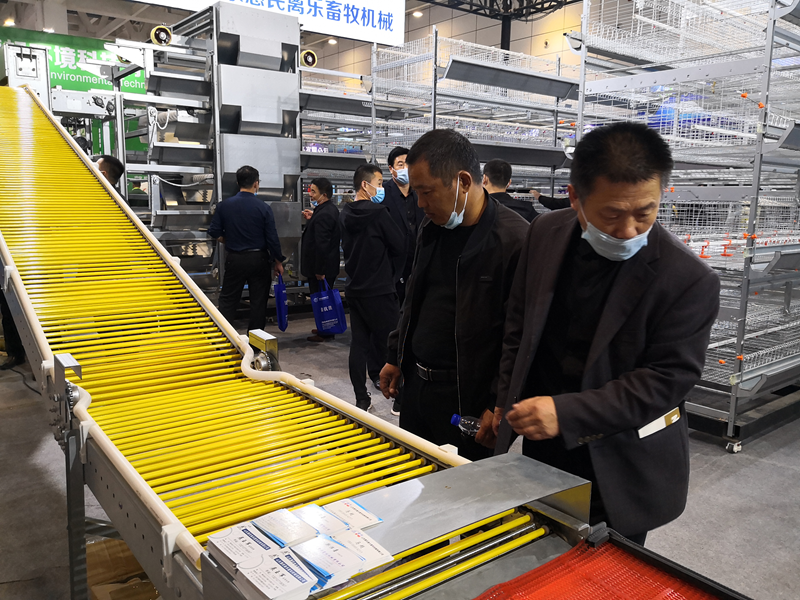
Chicken Farming Equipment Mesh Production Workshop

Machining Workshop

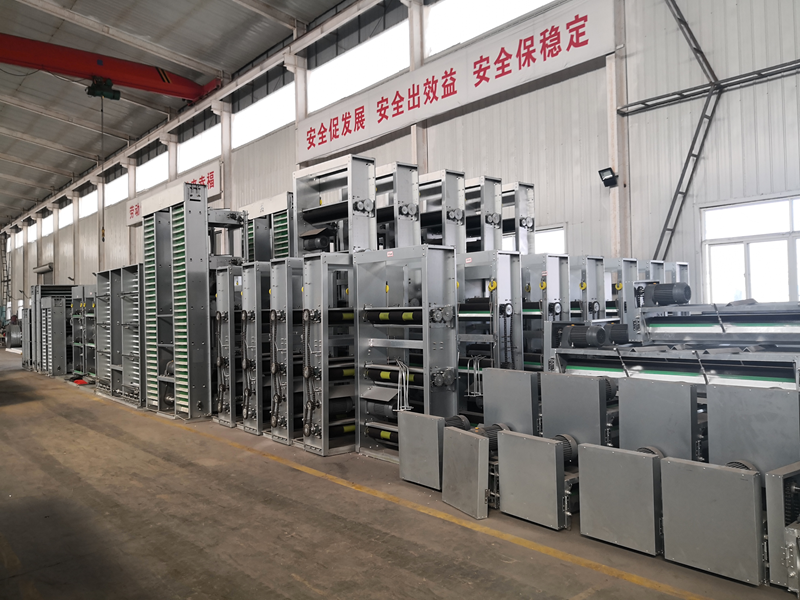
Turret-type CNC Punch Press, Laser Cutting and Other Machining Equipment



Fully Automated Roll Forming Production Line

Hot-dip Galvanizing Production Line

Electroplating Production Line

Environmental Protection Equipment

Chicken Farming Equipment Product Series
Egg-laying Hen Farming Equipment
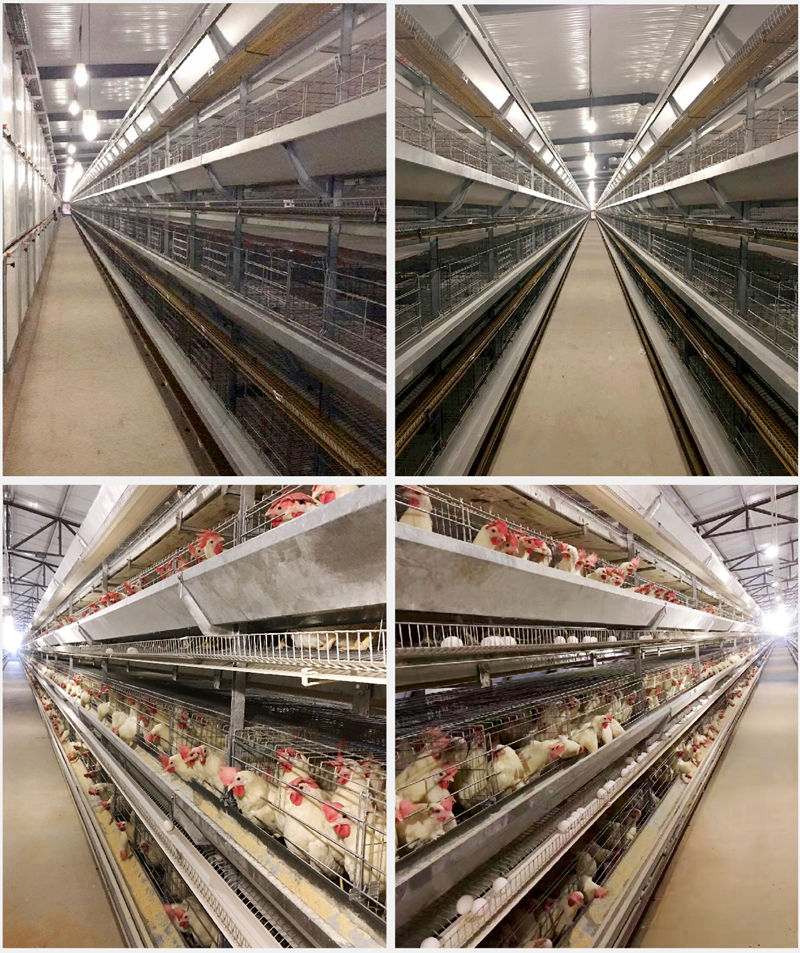
Stacked Brooding Cage Equipment

Stacked Broiler Cage Equipment
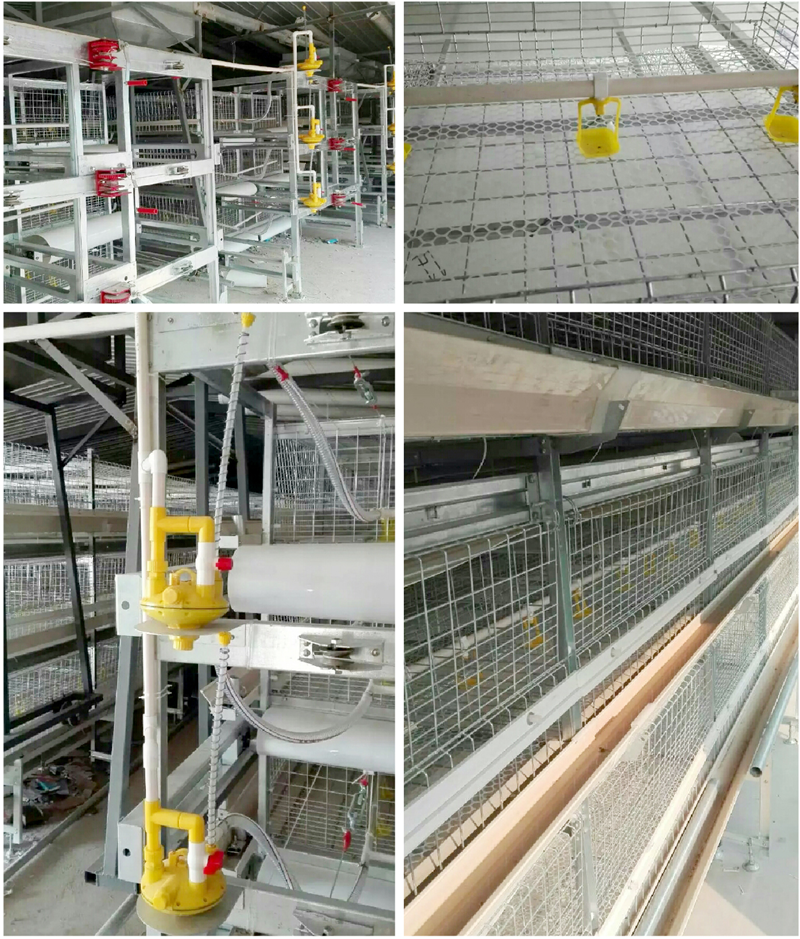
Stepped Layer Hen Cage Rearing Equipment
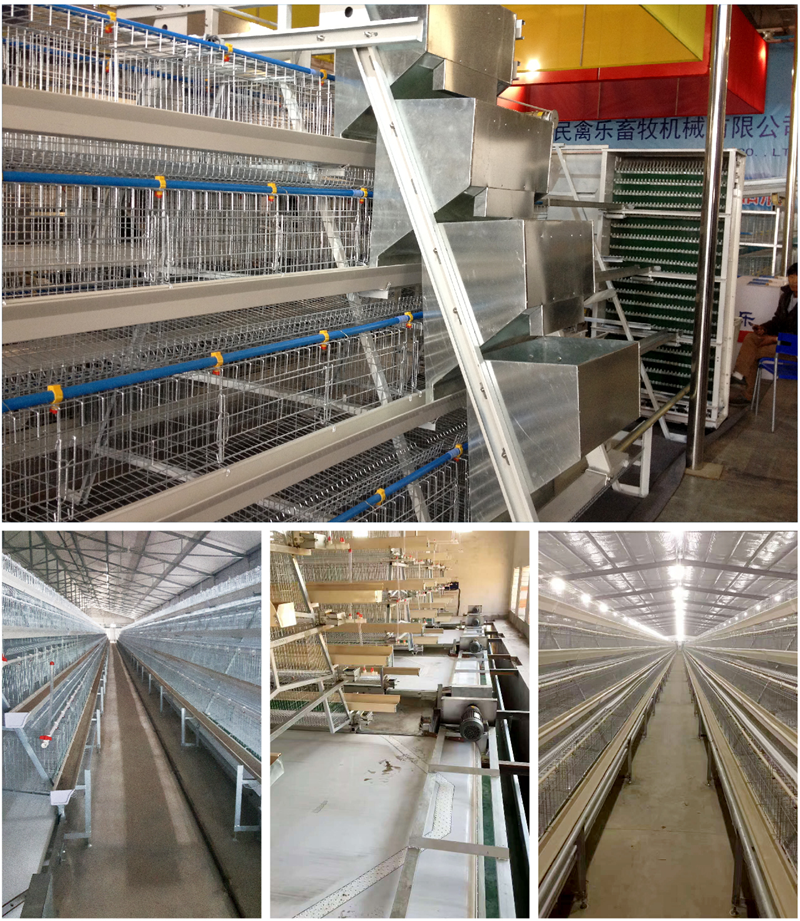
Automatic Egg Collection System

H-type Cage Feeding Machine
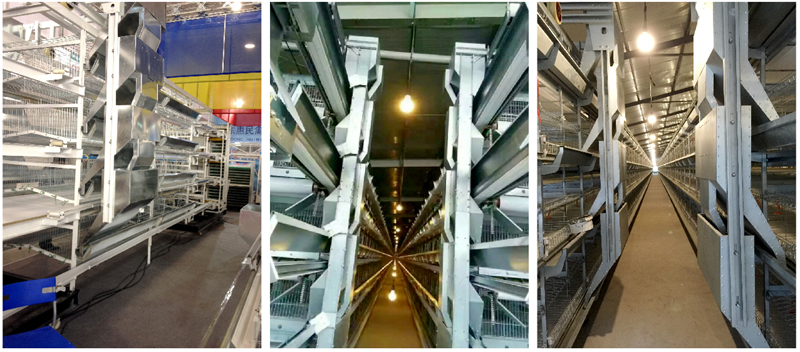
Stepped Cage Straddle Feeder
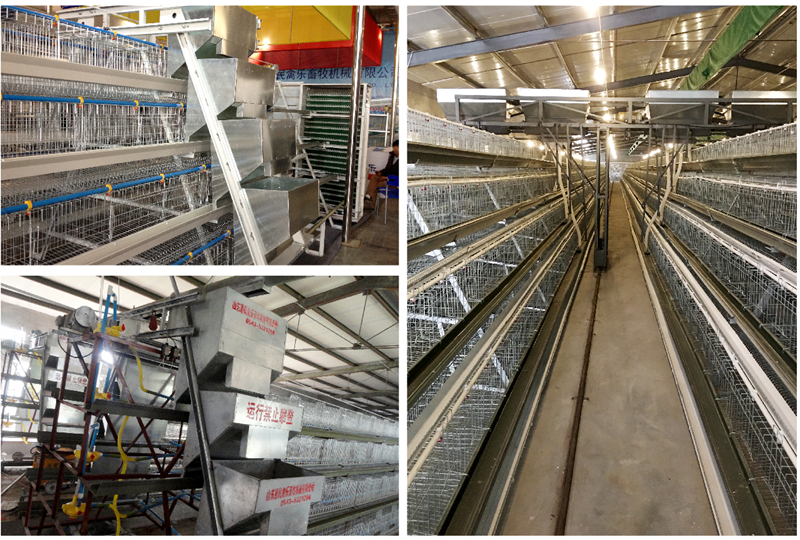
Manure Removal Machine

Fans, Heated Curtains, Environmental Control Systems, and Lighting Equipment
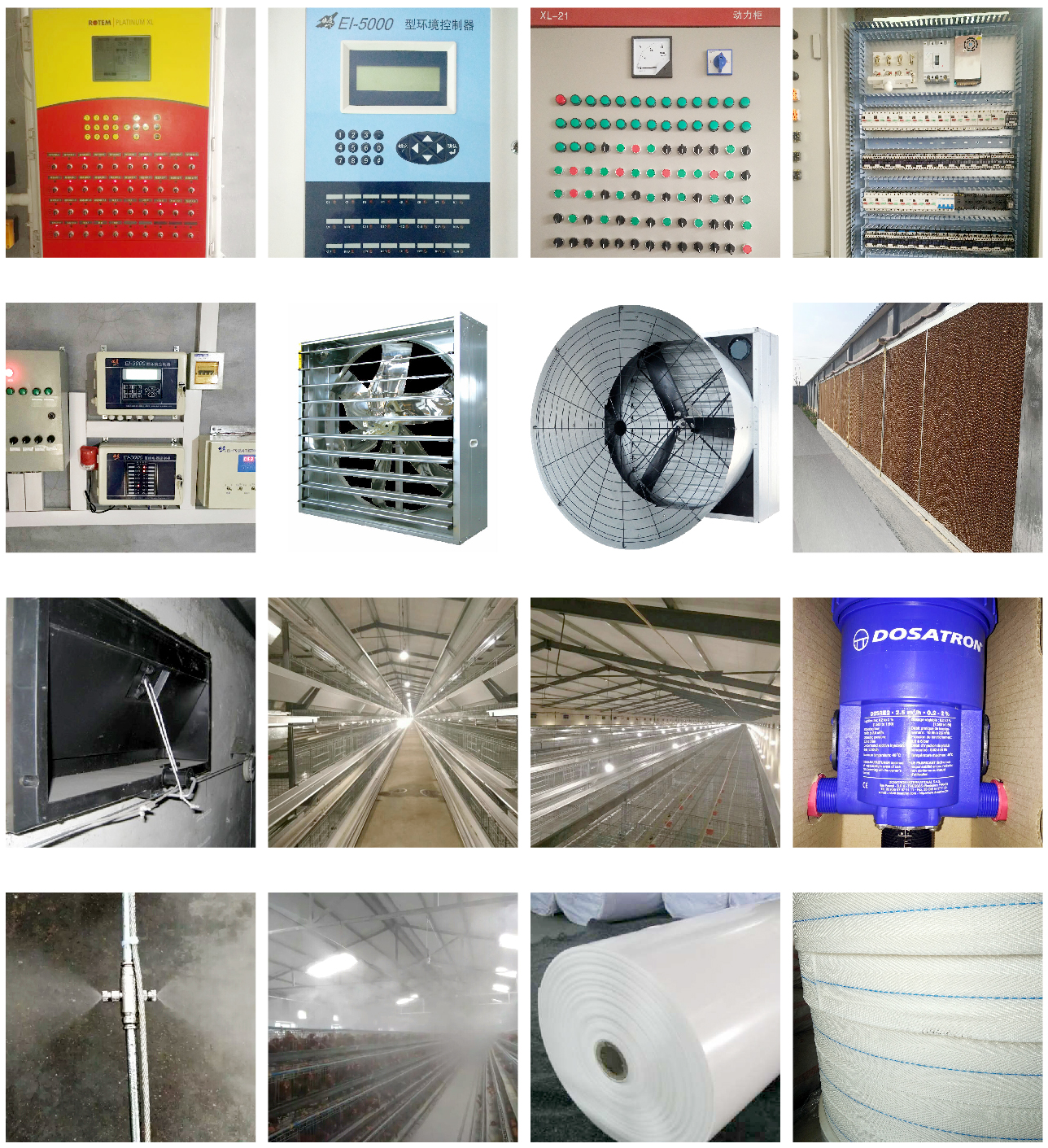
Complete Set of Equipment for Organic Fermentation Treatment of Manure


 Catalogue
Catalogue































 Whatsapp
Whatsapp Telefon
Telefon